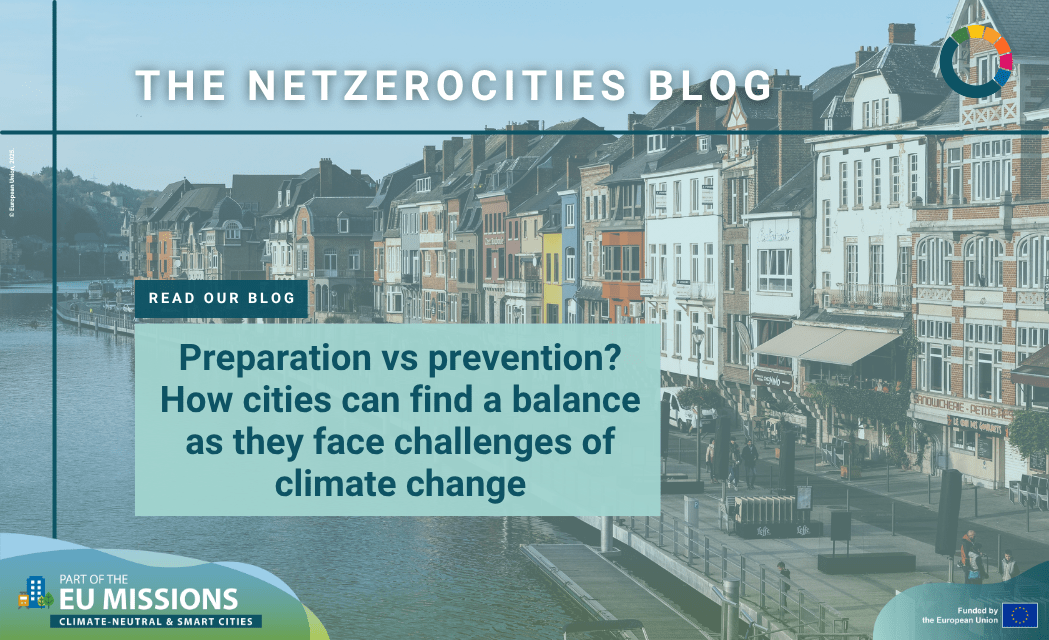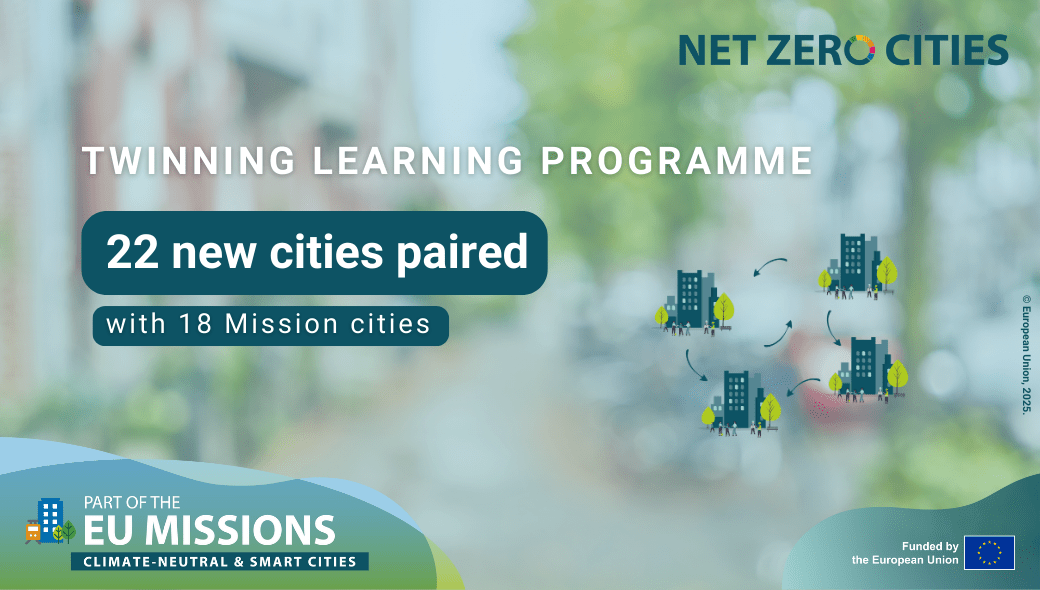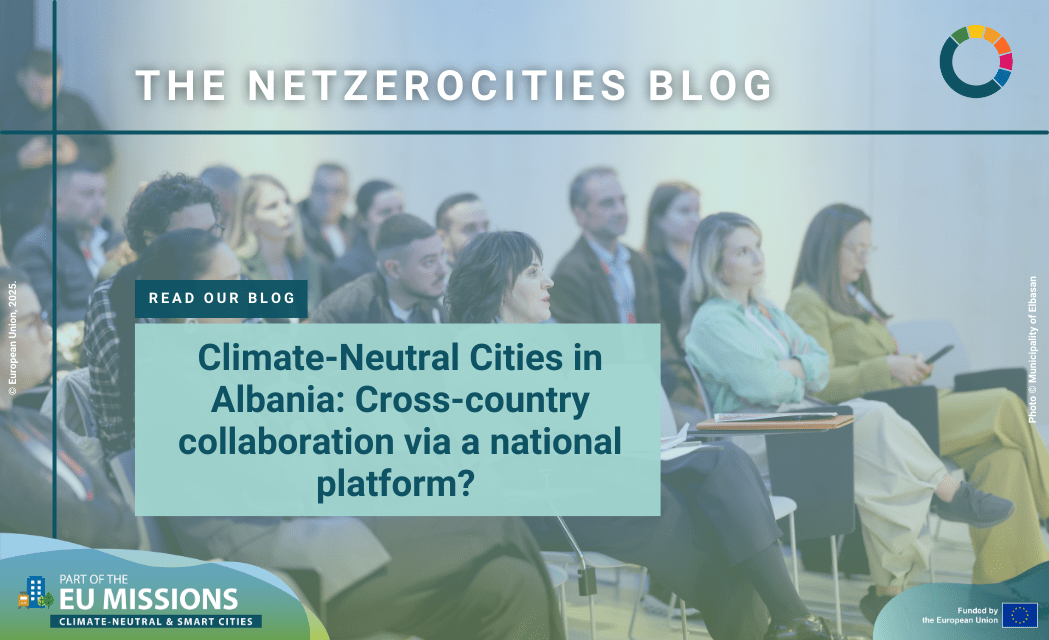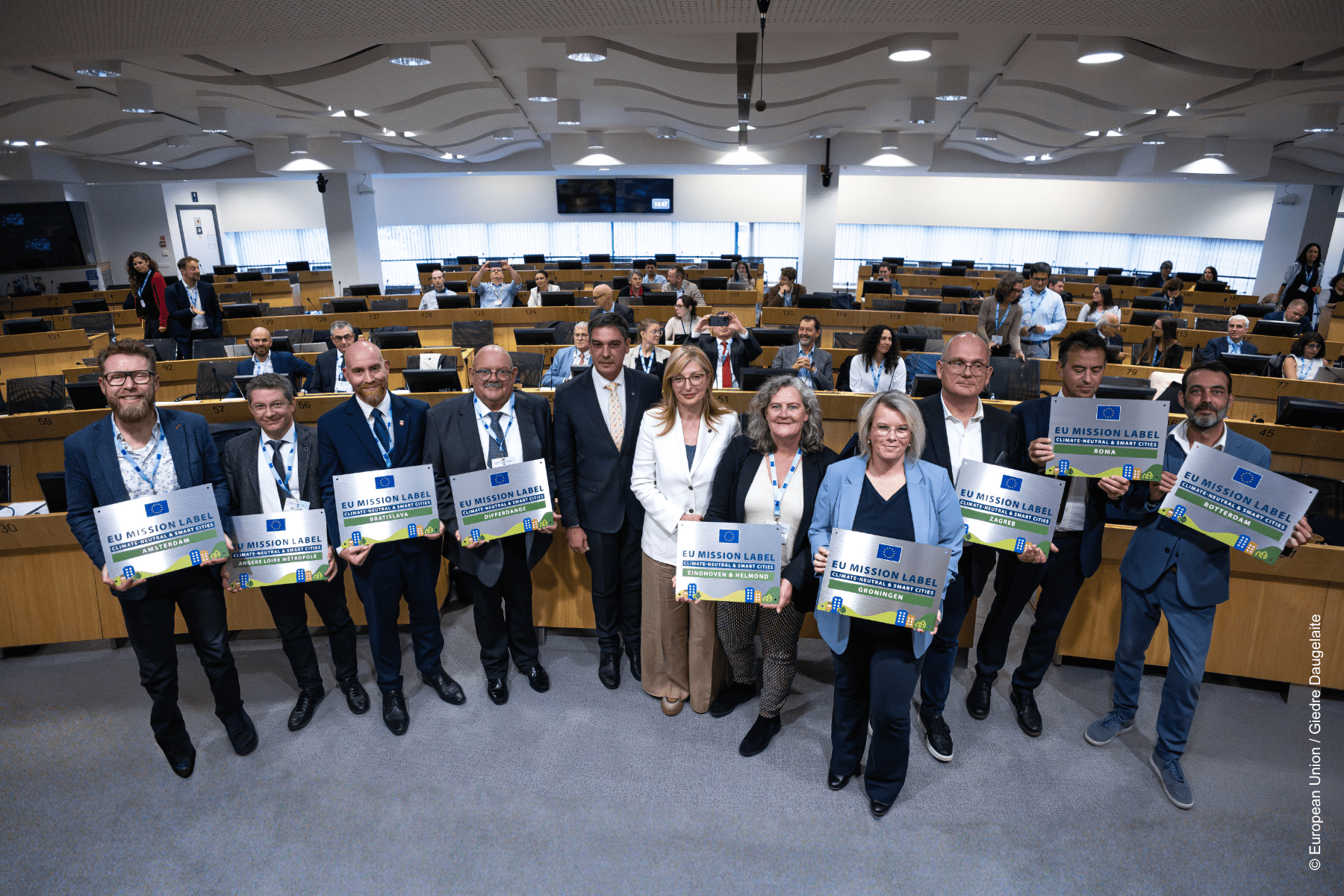Will we run out of the materials we need for clean energy generation? How do we balance adapting to a changing climate with mitigating and preventing its worst effects? And what role could AI play in achieving climate neutrality? These are some of the key questions facing cities and, in three upcoming papers introduced in this post, NetZeroCities partners Dark Matter Labs, Demos Helsinki and Polimi take a deeper look.
Anticipating future problems and opportunities should be a priority for organisation’s risk management and to inform their decision making – and cities are no exception.
Yet to what extent can cities invest their energy in thinking about things that don’t fit neatly in action plans and municipal budget lines just yet?
These reports, produced by partners in NetZeroCities, summarise the thinking on a series of topics that will affect cities in the next three to five years and set out trends, risks and opportunities that cities will need to know, including:
- Electrification risks https://netzerocities.app/resource-4870
- AI and carbon neutrality https://netzerocities.app/resource-4871
- Adaptation and mitigation https://netzerocities.app/resource-4872
Full electrification risks
Transitioning to clean energy technologies will undoubtedly be a driving force in the transition to a low-carbon economy. It is, however, crucial to have a holistic perspective and account for the potential negative side effects that could come with it.
Much of the minerals needed for clean energy transitions are highly geographically concentrated for both the extraction and production stages. This high geographical concentration could give rise to social distress and geopolitical risks that in turn creates vulnerable supply chains. Alongside this too is the limited capacity for mining and refining in a sustainable way and at the speed required.
There might be enough raw material for a European green transition, but Europe has no circularity capacity for long-term electrification maintenance, and sourcing is currently deeply problematic in terms of carbon emissions, timescales, working conditions and labour force, corruption and geopolitical risks.
Apart from transitioning towards renewables, we need to rapidly develop technology and circularity in their production and material sourcing, and even more importantly reduce the energy demands by redefining our needs and standards.
Adaptation and mitigation
As global temperatures continue to rise, evidence indicates that mitigation efforts alone are insufficient to prevent the negative impacts of climate change. Cities must not only persist in cutting emissions but also work toward strengthening their adaptation strategies, building the necessary resilience to manage inevitable consequences.
There is an urgent need for mitigation-adaptation integration. The success of implementing and evaluating integrated mitigation and adaptation actions greatly depend on the availability of financial resources.
But the ways cities respond can result in potential maladaptation – this paper argues that mitigation and adaptation should be viewed as interdependent strategies to reduce the risk of maladaptation.
Currently, however, mitigation is prevailing over adaptation. The prevalence of mitigation is attributed to several factors, including from cities’ lack of governance capacities for implementing both policies, and international networks and agreements that inadvertently promote mitigation over adaptation.
Adaptation’s challenging implementation can be down to its lack of evaluation methods and, to date, there are no clearly transferable methods or universal metrics to monitor the effectiveness and progress of adaptation measures and strategies are often transferred from one city’s best practices to others, or applied uniformly, assuming the same conditions across different areas of the same city.
AI and carbon neutrality
AI offers potential solutions for cities to:
- mitigate carbon emission impacts through advanced technologies in energy, mobility, agriculture, and water and waste management. However, the adoption of AI must be approached carefully, considering both its advantages and risks.
- optimise energy consumption of buildings, energy distribution and energy storage thus contributing to energy savings – but it also demands significant energy to function itself, highlighting the need for greener AI solutions.
- radically improve the efficiency of urban mobility by reducing congestions and lowering emissions, but this requires overcoming financial barriers as well as regulatory, technological and commercial hurdles.
- to useAI in urban farming for future food production, however, this comes with costs to access the technology and the digital literacy of end users.
- overhaul waste management by improving efficiency and promoting recycling, but attention needs to be given to implementing new paradigms linked to the circular economy.
- improve water usage and management, but there are the costs associated with AI’s own water consumption.
Explore these deep dive reports here on the Net Zero Cities portal.
